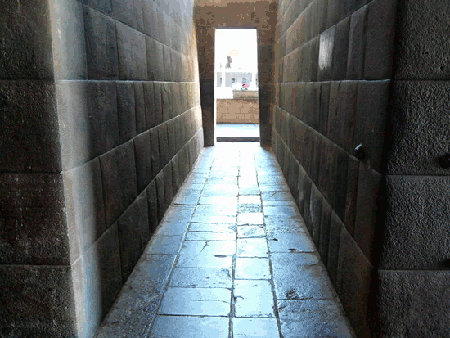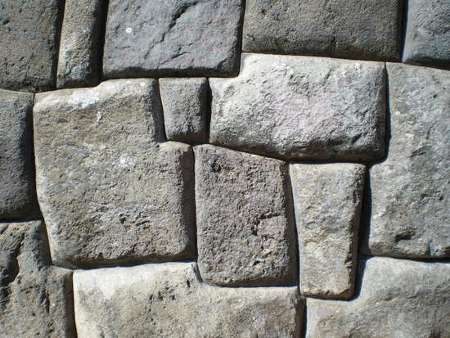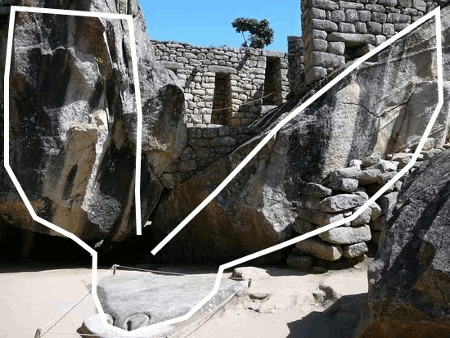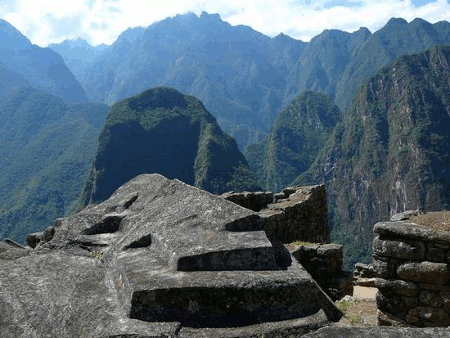When you see an inka building, the first thing that strikes you is the inward slope of walls, a feature that made buildings earthquake resistant. If I were peruvian, I would register a patent for a “Lego” trapezoidal bricks. Simple buildings are made of small stones without polishing, nobler ones use carefully cut uniform stones.

And sometimes, and this is what caught my interest, all the stones are different, maintaining their original form, they have been polished just to match perfectly with their neighbours. The result is of exceptional beauty and originality and as far as I know, unique. Stonemasons do not cut stones into uniform blocks, they have find out how to place them in order to fit without altering them very much. They do not supply like uniform brick blocks, but rather unique pieces, sometimes almost sculptures. We don’t have like a lego set here but a 3D puzzle. And again, if I were peruvian I would register a patent for a wall scale model.

These walls and stones could be a beautiful metaphor about the group and the individual, the whole and its parts, in the sense that, in order to contribute to the general structure, there is no need to cancel the individual particularities, just to adapt a little. Small stones are not discarded for not reaching the standard size of a block, bigger ones are not fragmented in order to obtain uniform blocks. The inka stonemason tries to respect the natural size and shape of each stone.This attains the category of the sublime in some parts of the Machu Picchu complex where it seems precisely that the artist “reads” and “interprets” the form of the rocks and, with some kind of dialog, complements them, as in the Sun Temple or Condor Temple.

This “reading” of the natural form and the respect for her implies that symmetry has little or no importance at all. It’s worth admiring an obelisk, a column, a pyramid, but it is hard to overcome the elegance and originality of the Intihuatana Stone in Machu Picchu, which besides its astronomical and ritual functions is in itself a superb work of art. We won’t find a similar abstract expressiveness until 500 years later in some works of Eduardo Chillida or Henry Moore.

